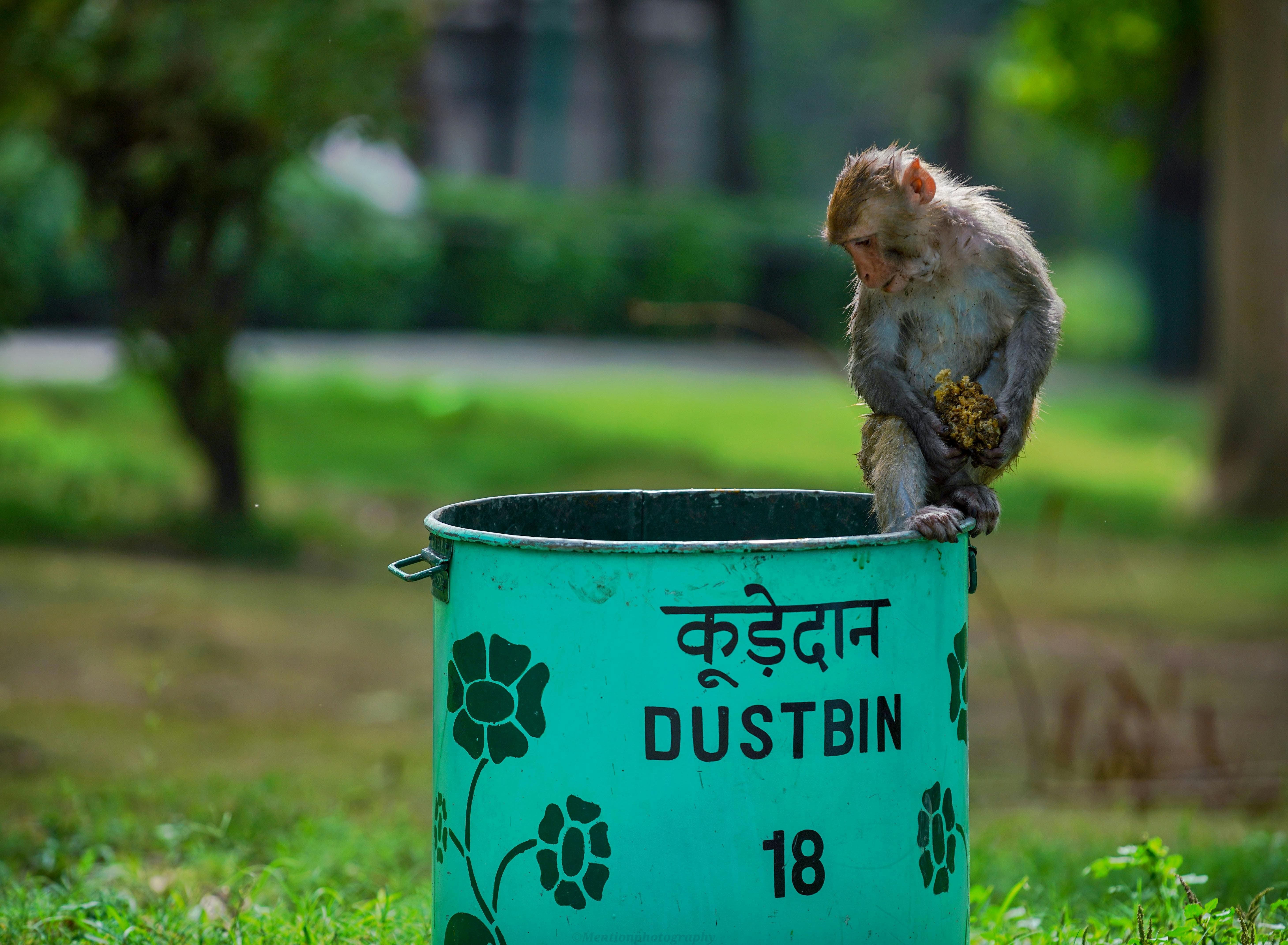How the government buried the idea of a land reforms policy
Put through a bureaucratic maze, the decade-long exercise to complete the ‘unfinished task’ of land reforms in India has come to nought.

Why read this story?
Editor's note: In the heady years after India’s independence, when the Constitution promised equality to all, the union and states began enacting laws and policies to build the nation and undo centuries of inequality. Among these were laws and rules to end inequality in the ownership of the most important resource of all—land. Few farmers owned land in India. Most were under the grip of feudal zamindars, or landlords, and had no title to the land. So, states enacted laws that abolished zamindari (a system harking back to colonial times where landlords owned vast tracts of land), set limits to ownership of land and allowed for distribution of land to tillers and workers. The laws came to be known as land reforms. In the last seven decades, these land reforms have turned out to be a failure. Across the country, between a third and half of Indians are still landless. In 2007, 25,000 protesters walked from Gwalior to New Delhi, demanding that the union government step in and make a policy to nudge states to revive land reforms. A year later, the …
More in Chaos
You may also like
The 1.5°C limit has been breached. Where will COP take us next?
The window to prevent the worst impacts of climate change has shut. The heat is on global leaders at the annual climate talks in Brazil to deliver more than just theatre.
Mumbai's worsening garbage crisis, and the company in the thick of it
The Kanjurmarg landfill, operated by Antony Waste Handling Cell Ltd., is safe from the axe for now. But its fate remains a major source of worry for the company's shareholders and the city's residents alike.
It’s air purifiers, masks and tourism vs Delhi’s worsening air quality
An environmental hazard has spawned the need for these quick fixes, but do they really work?








